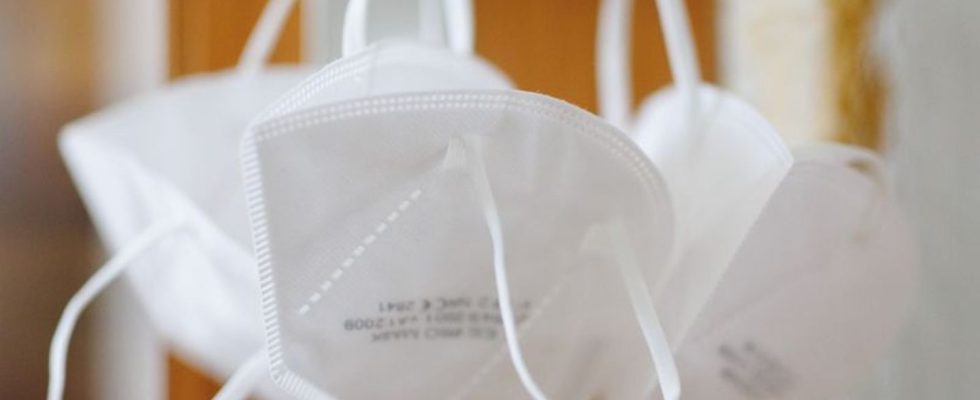Health
Planned pandemic agreement: What it regulates and where there are problems
It is controversial whether and how the pharmaceutical industry should be obliged to release patents and share know-how on the production of vaccines and medicines with others. photo
© Daniel Karmann/dpa
Lockdowns, scarce vaccines and collapsed supply chains – with a pandemic agreement, the global community wants to avoid future mistakes caused by the corona pandemic. But the negotiations are difficult.
What exactly should the agreement regulate?
The demands were extensive: that more vaccines be reserved for distribution in poor countries. That the production of vaccines can be ramped up as quickly as possible worldwide, regardless of patent rules. That pharmaceutical companies sell part of their production cheaply when government research is supported. That a global supply chain and logistics network ensures that every country gets what it needs. That contracts for materials and vaccines are disclosed so that the highest bidder doesn’t get the most, and much more.
What problems were there during the corona pandemic?
Mistakes were made around the world during the corona pandemic. China, for example, provided information about the virus late, and some countries have decided on travel restrictions and containment measures on their own. Supply chains collapsed and governments disputed mask packages. The federal government also imposed an export ban on protective equipment for two weeks. When the vaccine was finally available, rich countries grabbed most of it. While the second or third vaccination has already been administered in many places, poorer countries are still waiting for the first delivery. India, where a lot of vaccine was produced for export, suddenly imposed an export ban due to its own high number of infections. This shouldn’t happen again; that was the original idea for the agreement.
How are the negotiations going?
Tough. At the end of March the fronts were completely hardened. That’s why a new draft is now on the table, which has been shortened by a third to 23 pages. Particularly controversial details will only be clarified later this year. Organizations and some countries are protesting because important provisions for them have been ignored. “It will be difficult,” said a negotiator in Geneva. “Pessimism is a negotiating tactic that the world really cannot afford,” said Michelle Childs of the Drugs for Neglected Diseases Initiative, which advocates for equal opportunities for poorer countries. The agreement is expected to be adopted at the WHO annual meeting in Geneva at the end of May/beginning of June.
Where is the problem?
It is controversial whether and how the pharmaceutical industry should be obliged to release patents and share know-how on the production of vaccines and medicines with others. The pharmaceutical association IFPMA only wants voluntary agreements. Poorer countries do not want to commit to pandemic preparedness with investments if it is not clear how they will be financially supported. It is controversial how much diagnostics, medicines and vaccines should be given away for free or cheaply for distribution in poor countries. Because China denied entry to international experts searching for the origin of the virus for months, some wanted a regulation that would prevent something like this from happening in the future.
With the agreement, will the WHO then take over global control of pandemics?
The agreement only comes into force in those countries whose parliaments ratify it. Governments would thus enter into obligations, but there are no sanctions. Countries probably just need to report to each other regularly, which is intended to build pressure. The latest draft explicitly states that nothing in the agreement should be interpreted as giving the WHO the power to impose lockdowns, vaccinations or travel restrictions on countries. In response to a critical petition in September 2023, the Federal Ministry of Health wrote: “The WHO pandemic treaty does not restrict fundamental rights or human rights.”
Is the agreement primarily about justice for poorer countries?
No, it benefits people worldwide. If a pandemic is managed better in all countries, in the best case scenario a virus cannot spread as much. Then such drastic restrictions would not be necessary as in the corona pandemic. In addition, the WHO should set up a supply chain network so that in the event of a pandemic, all countries can quickly get the material they need and there will be no shortage of protective equipment or other materials anywhere.

